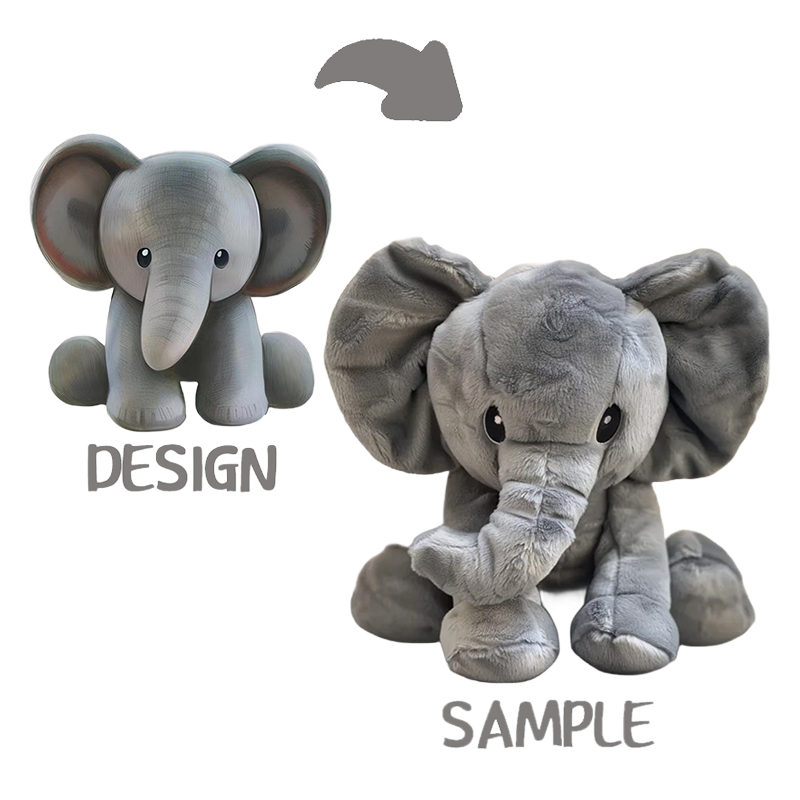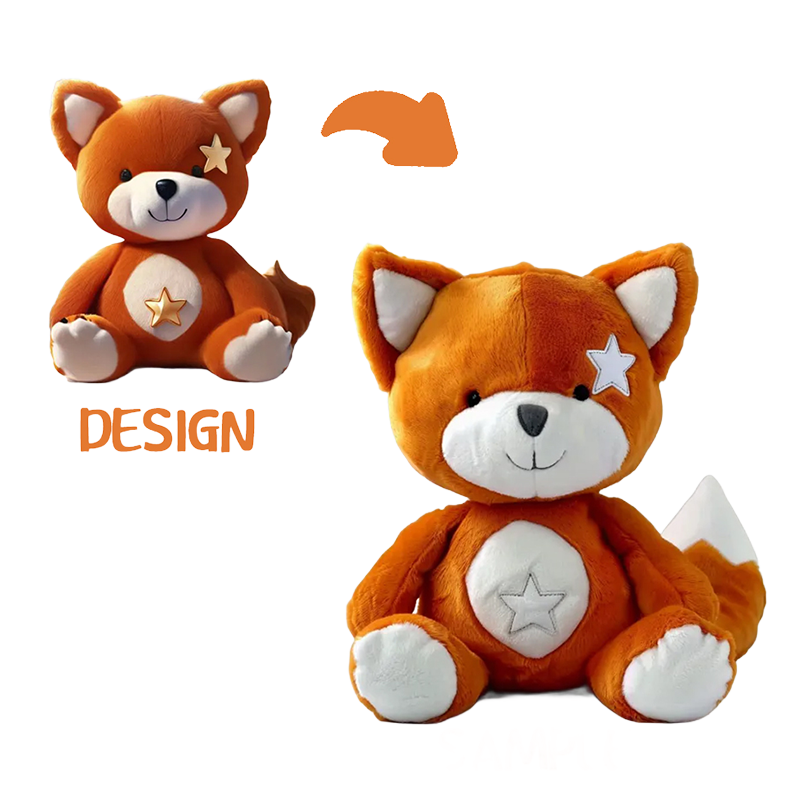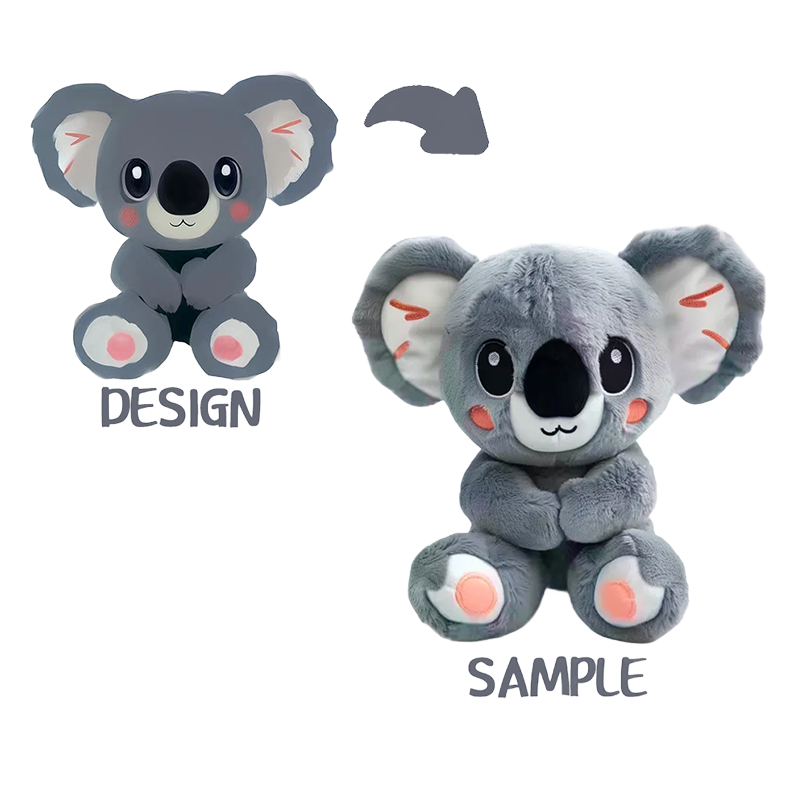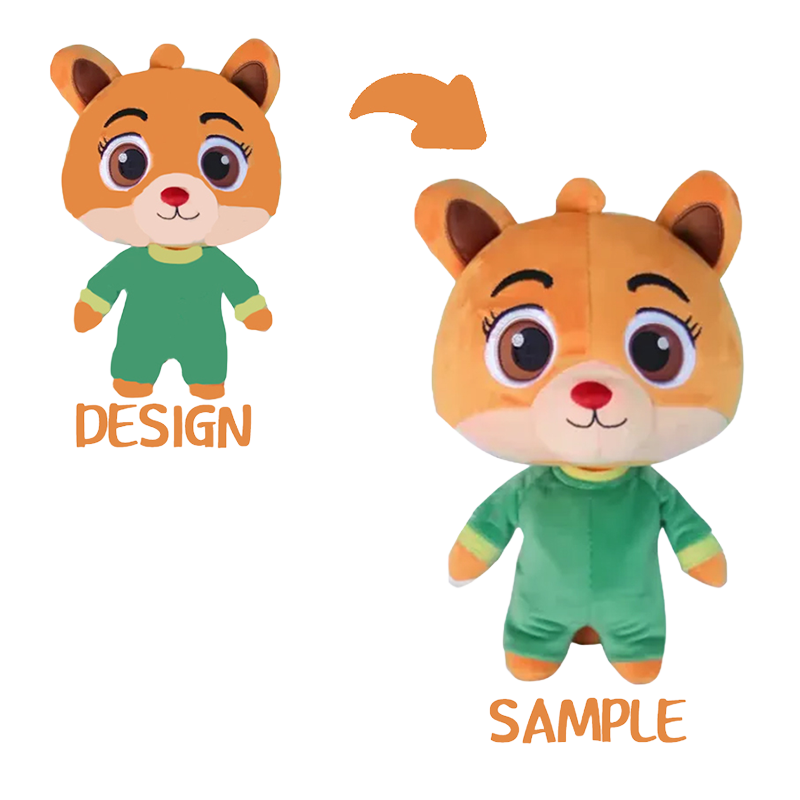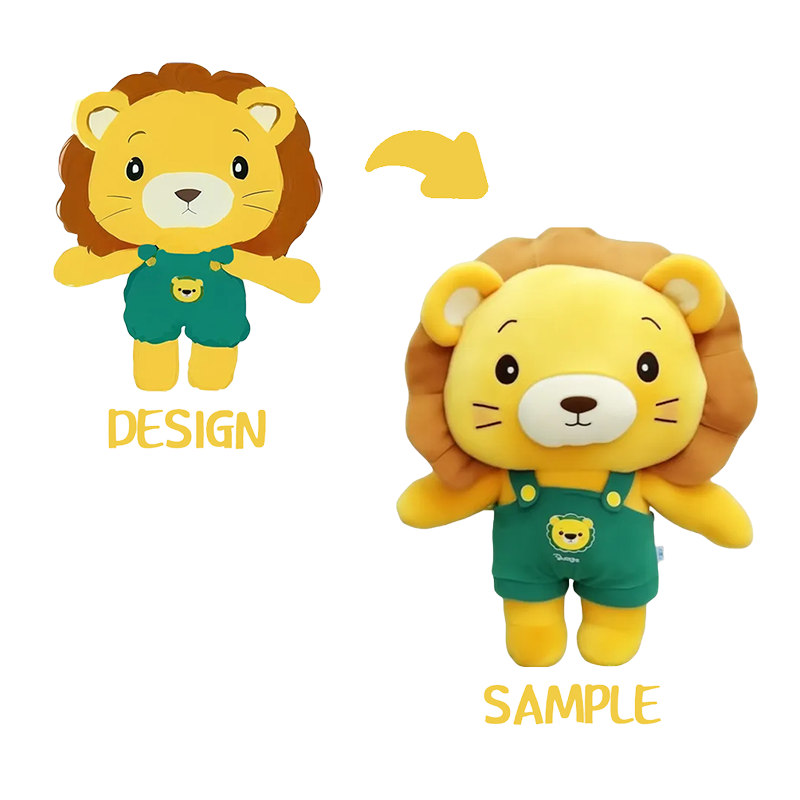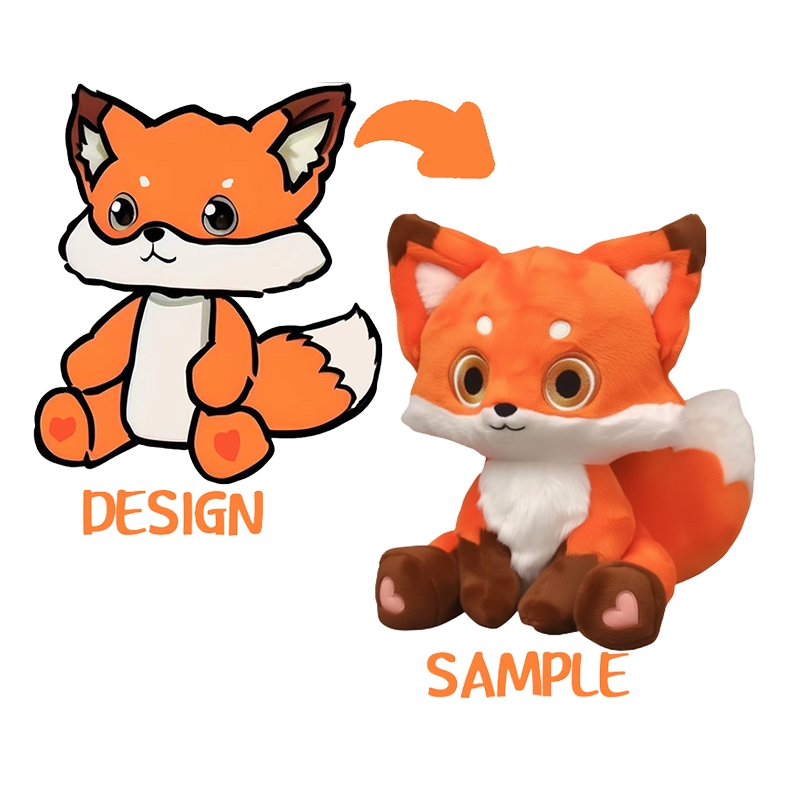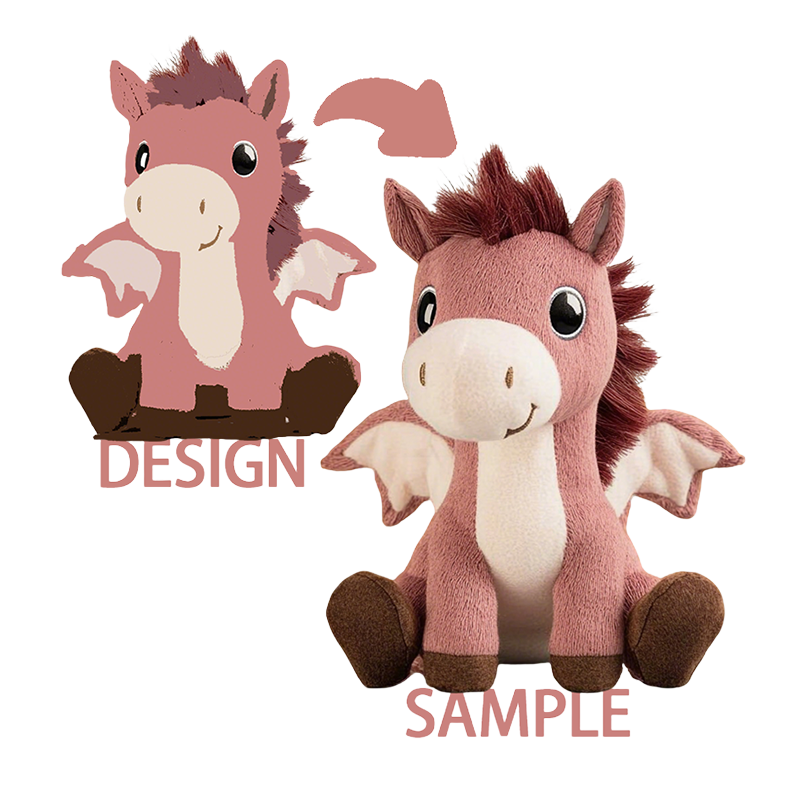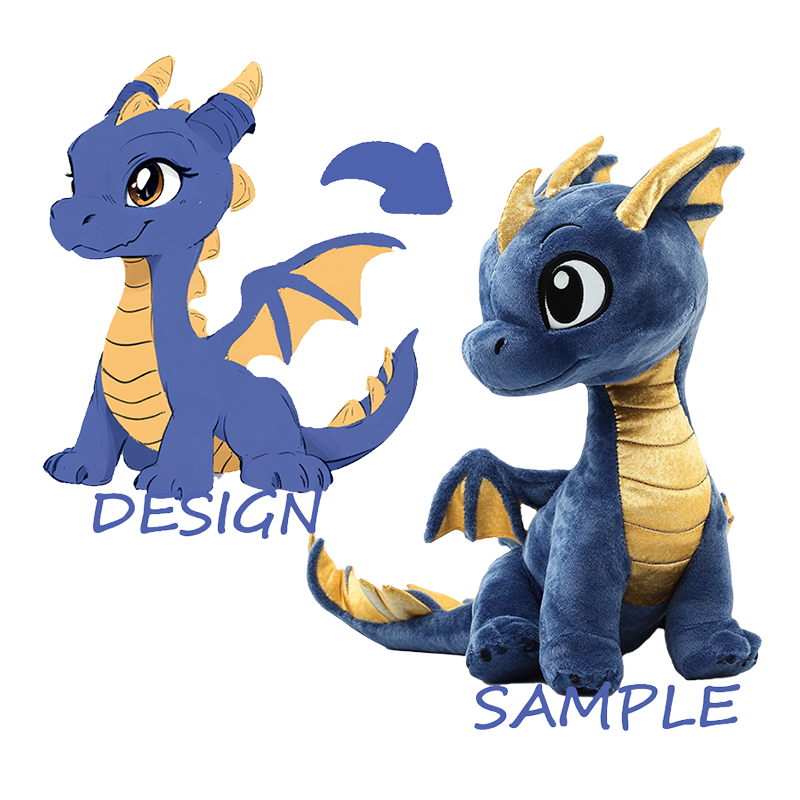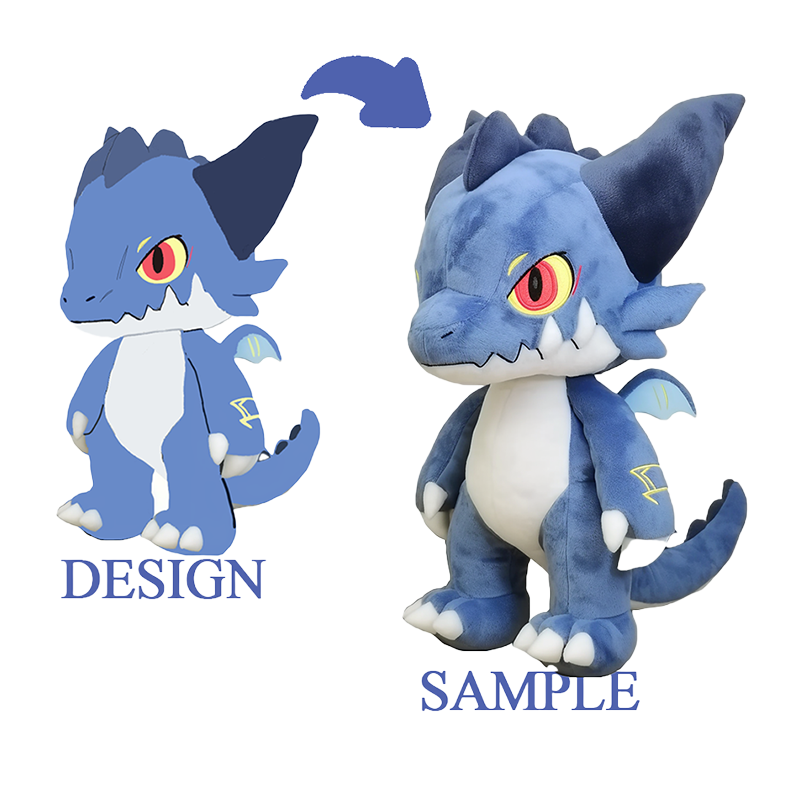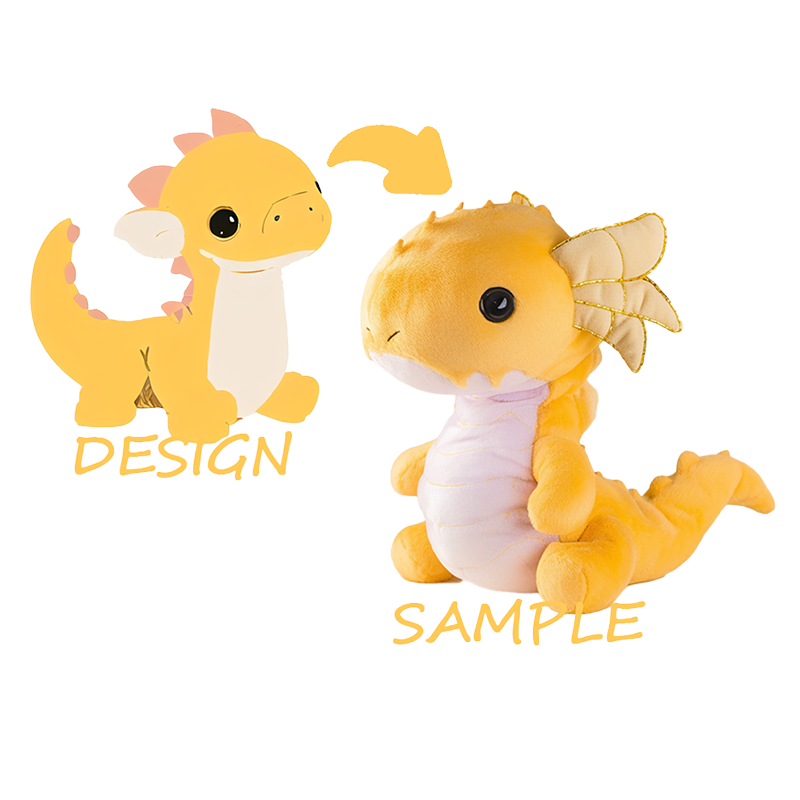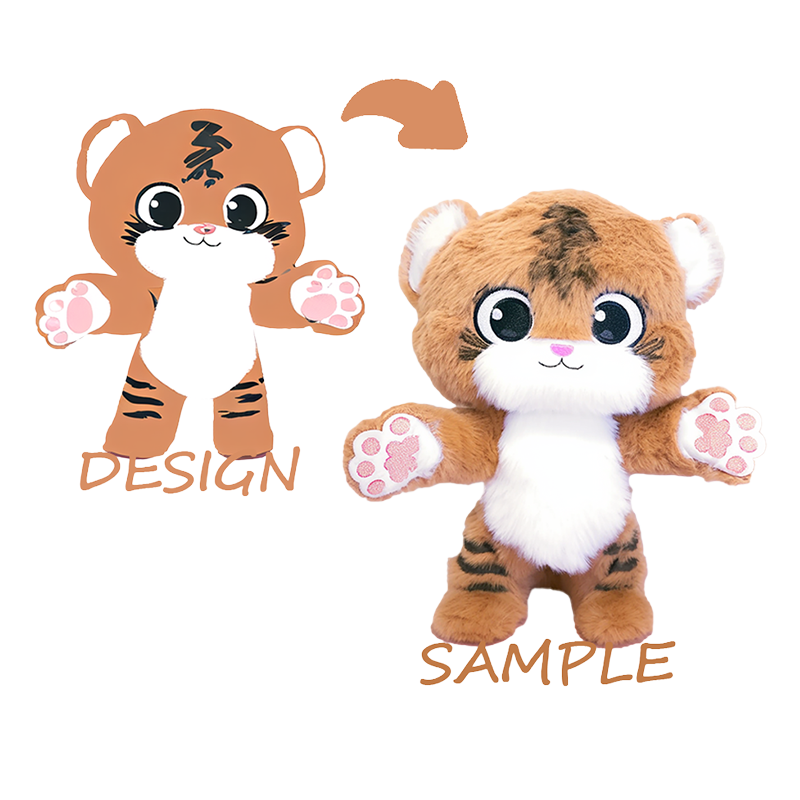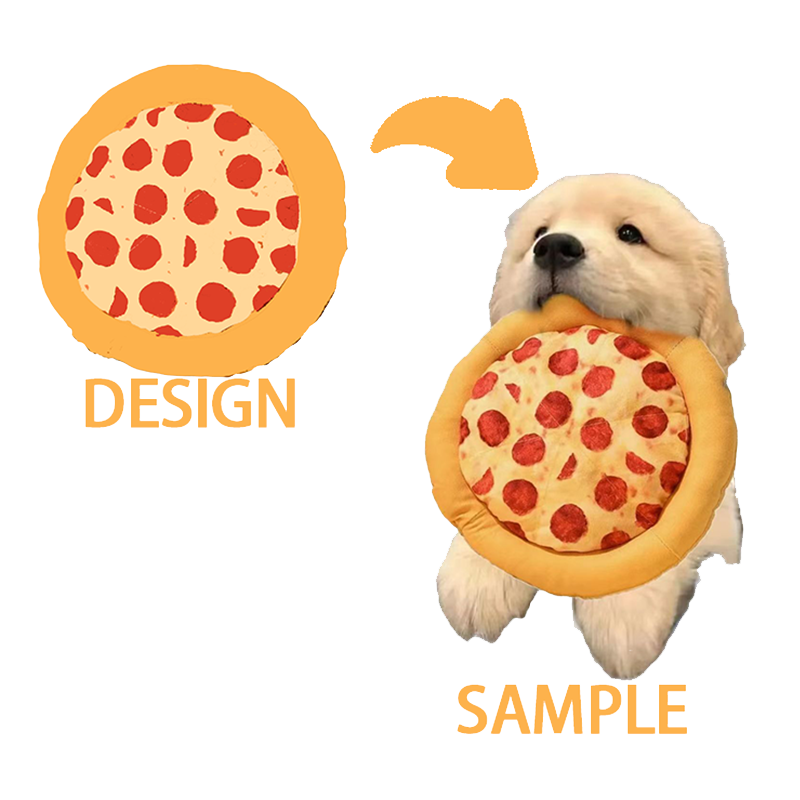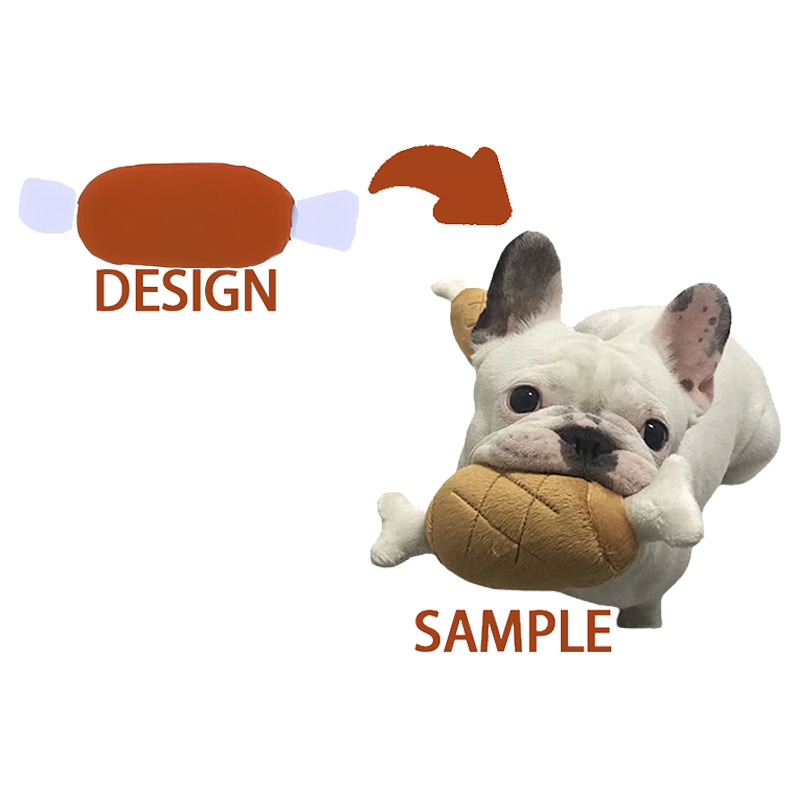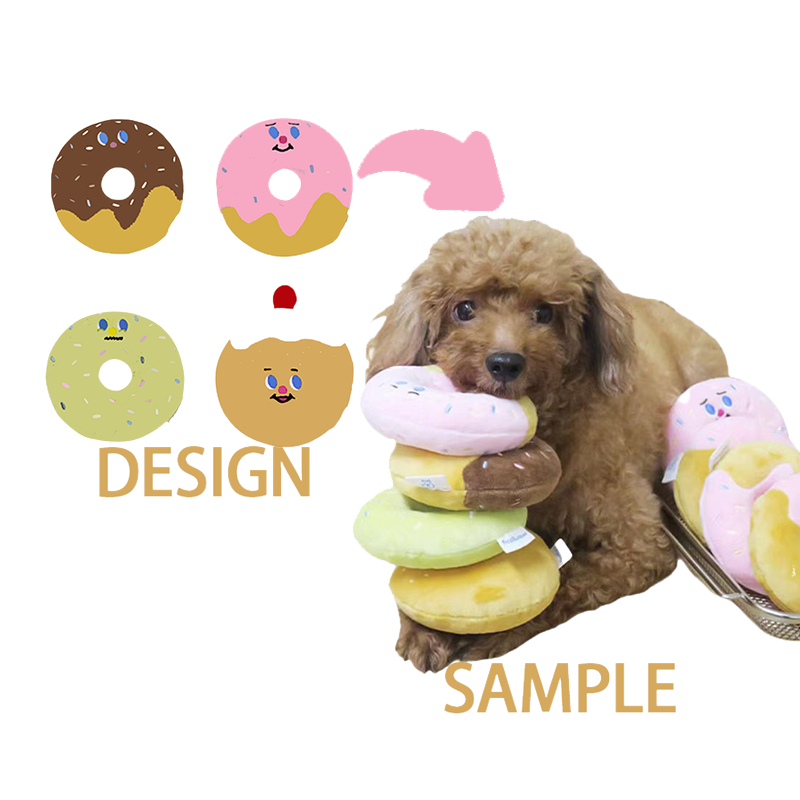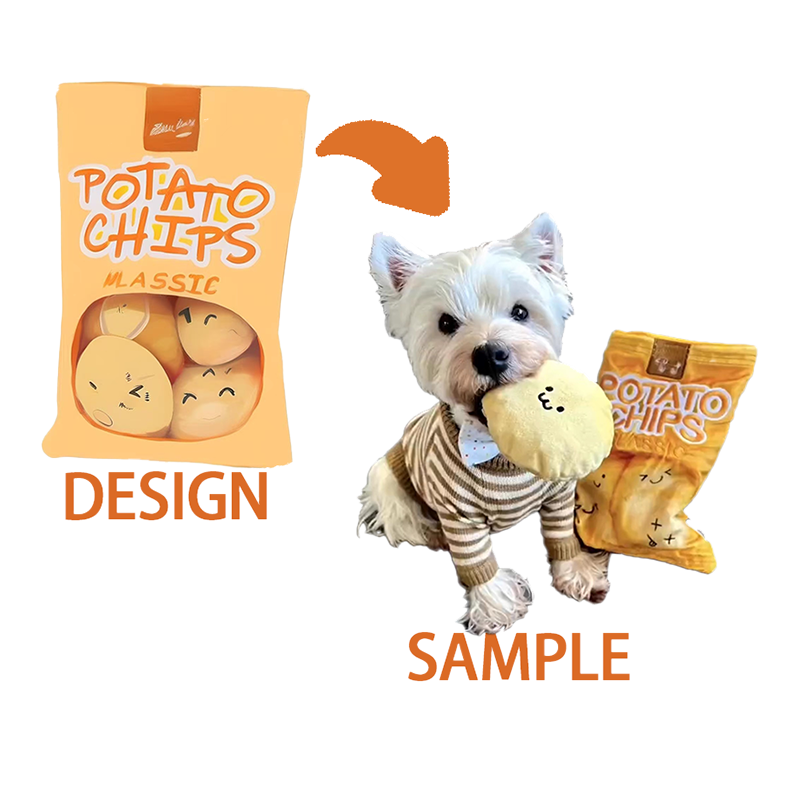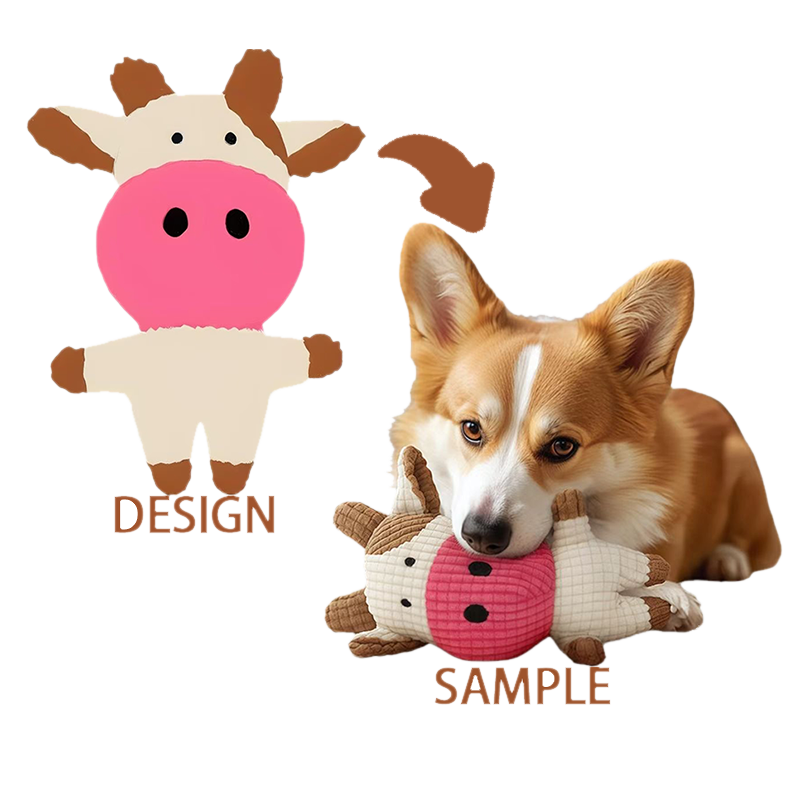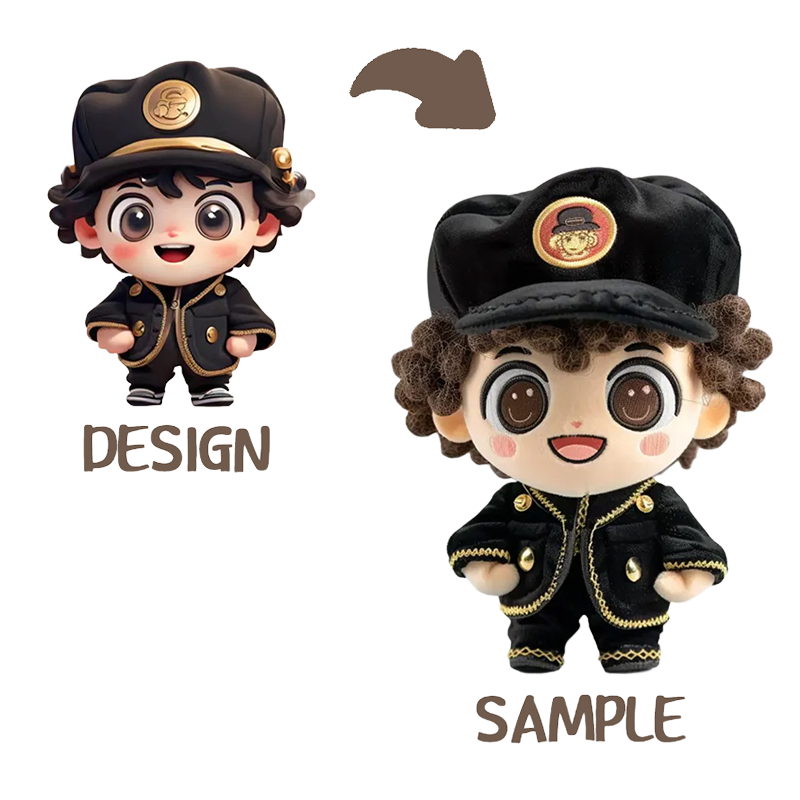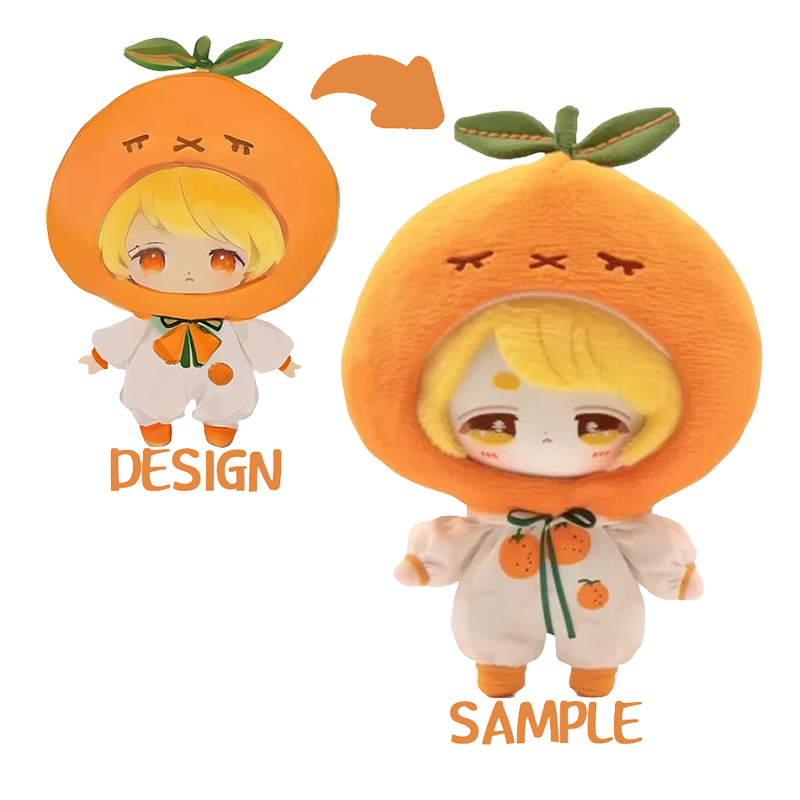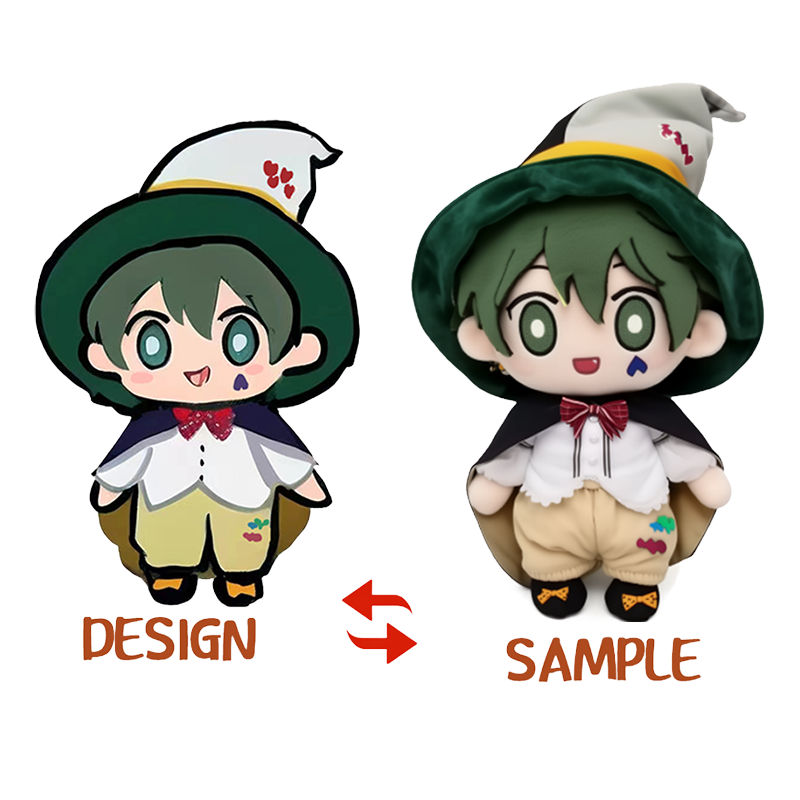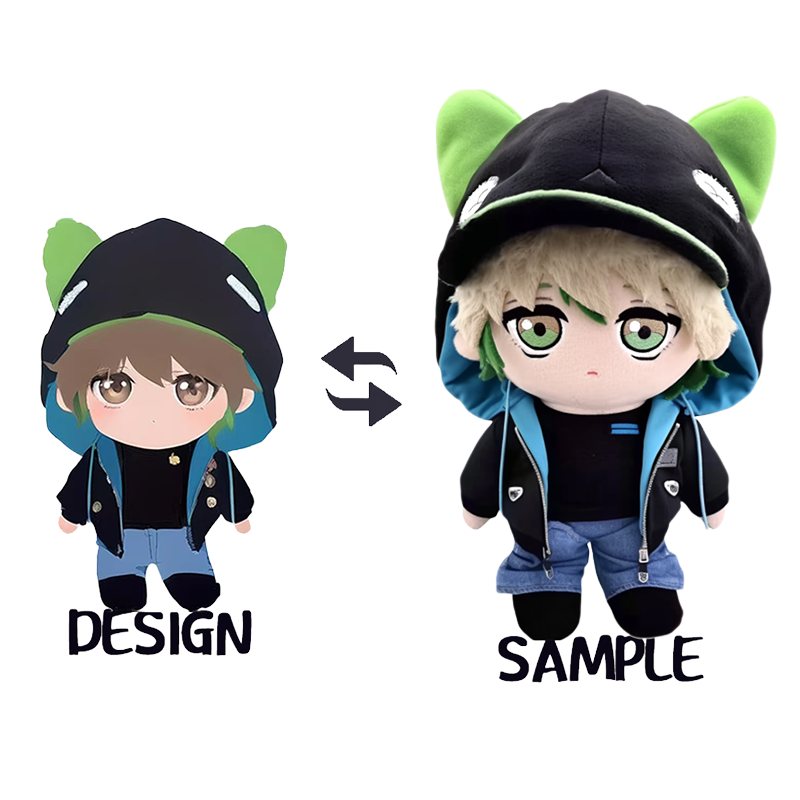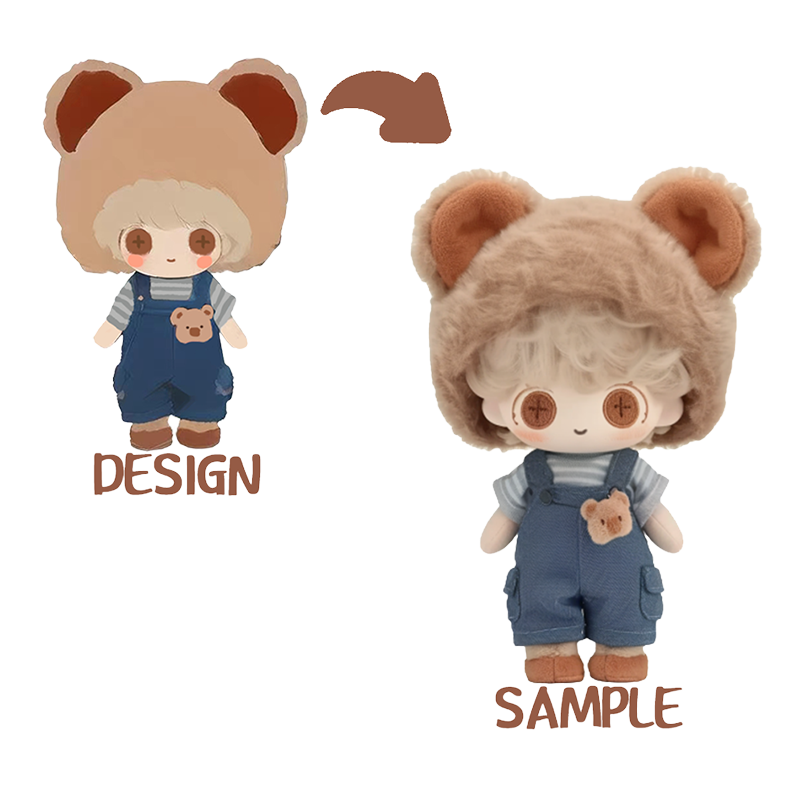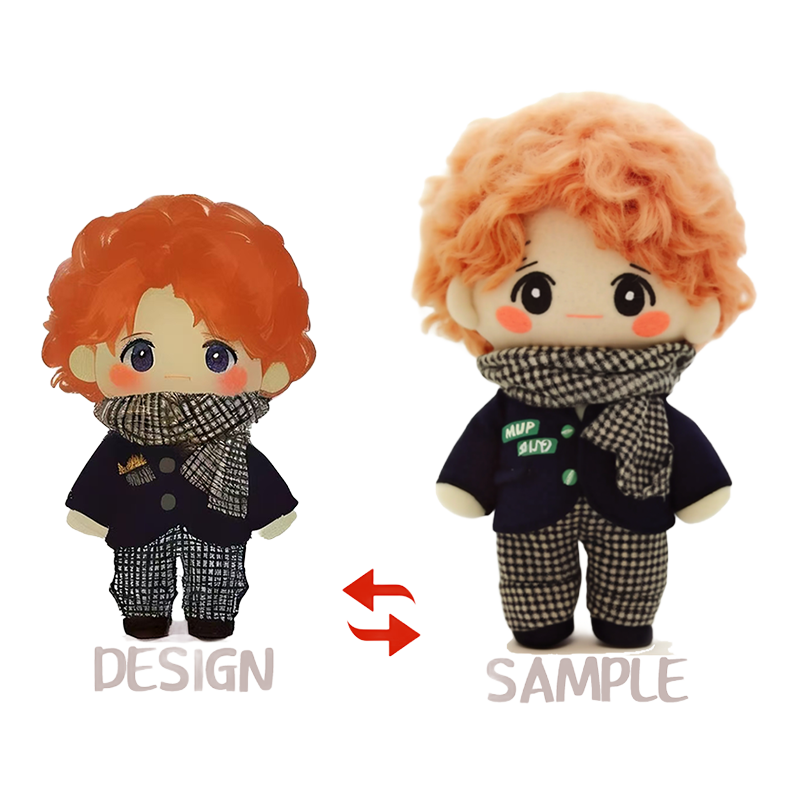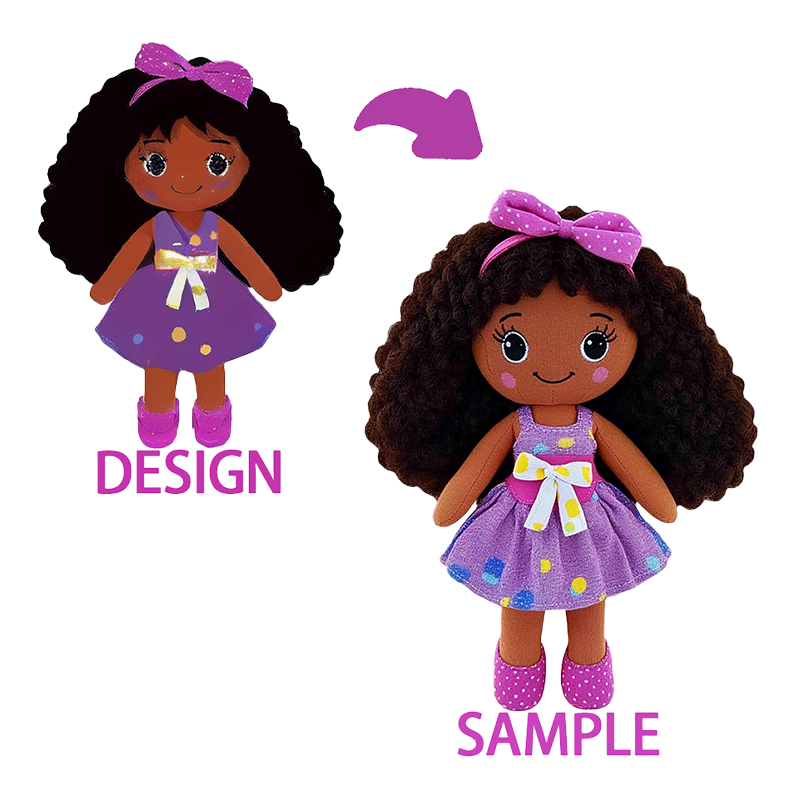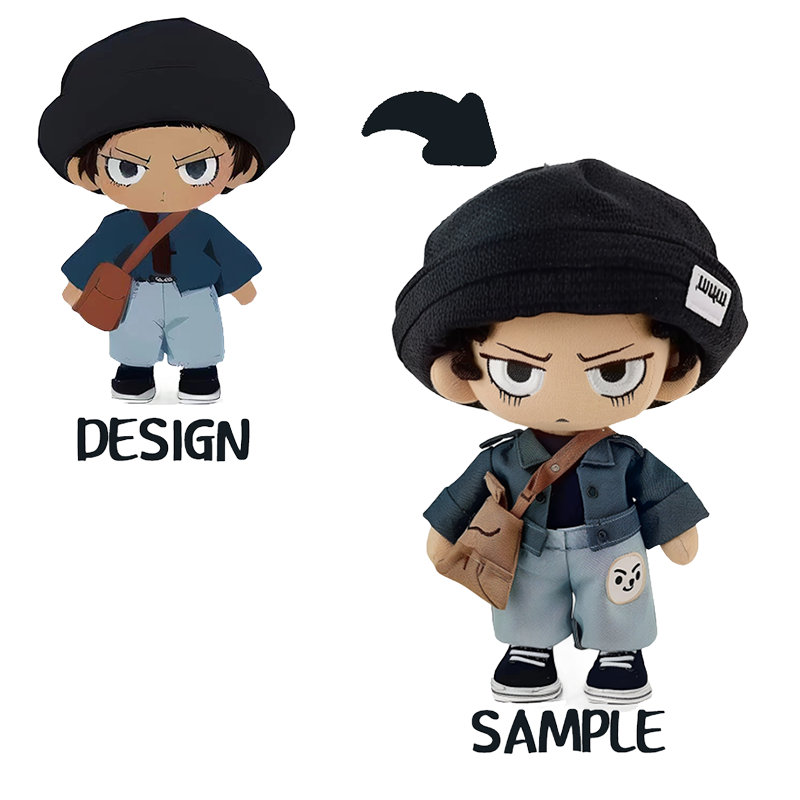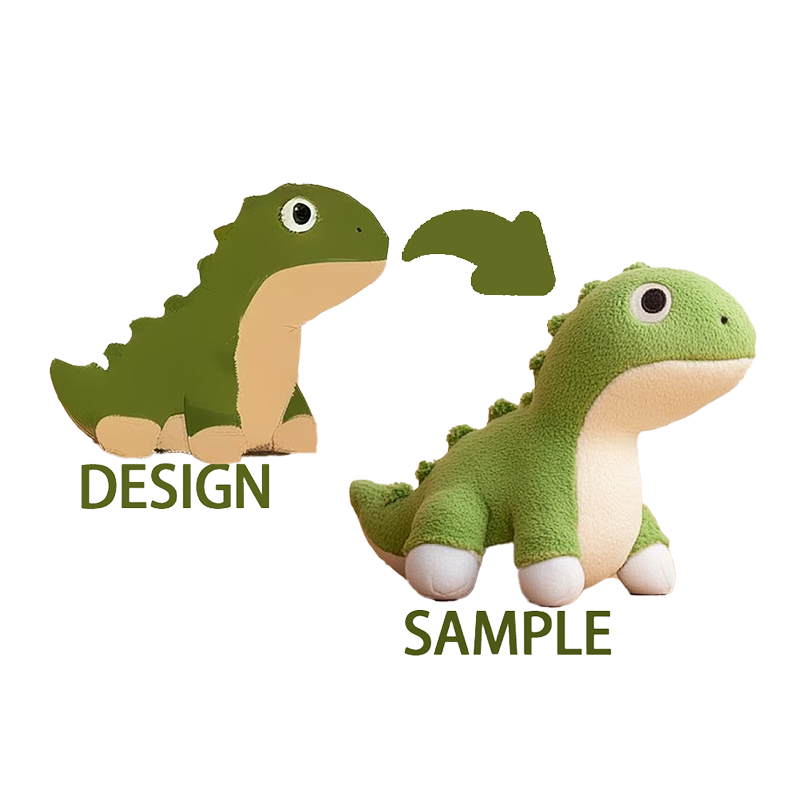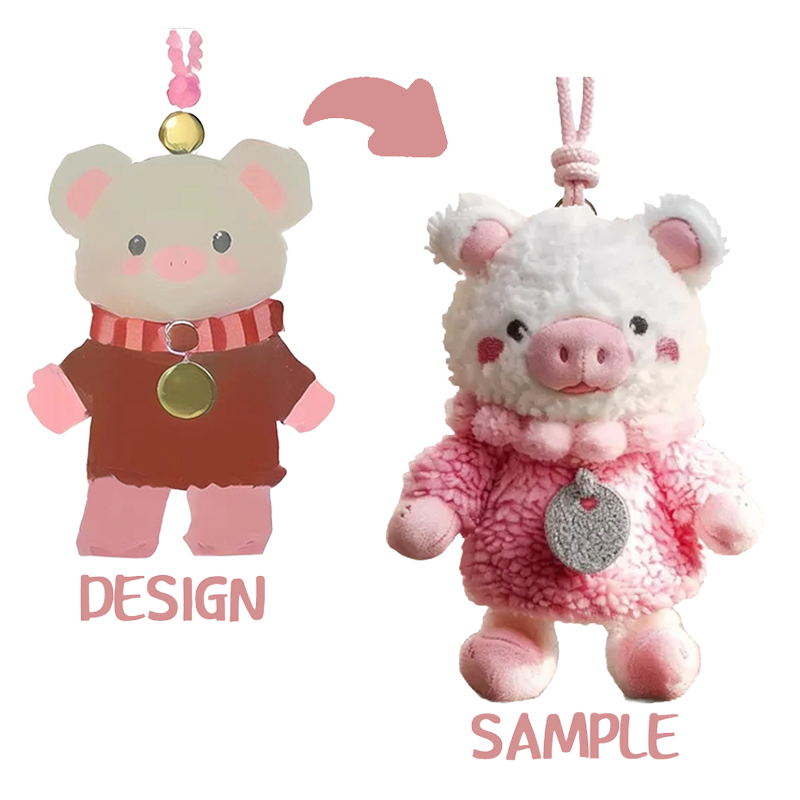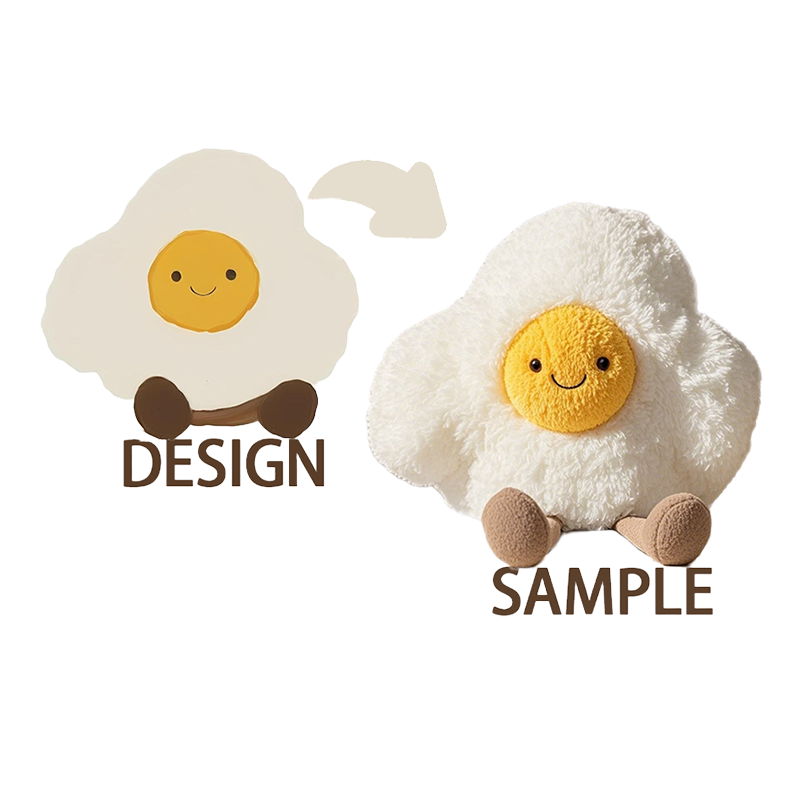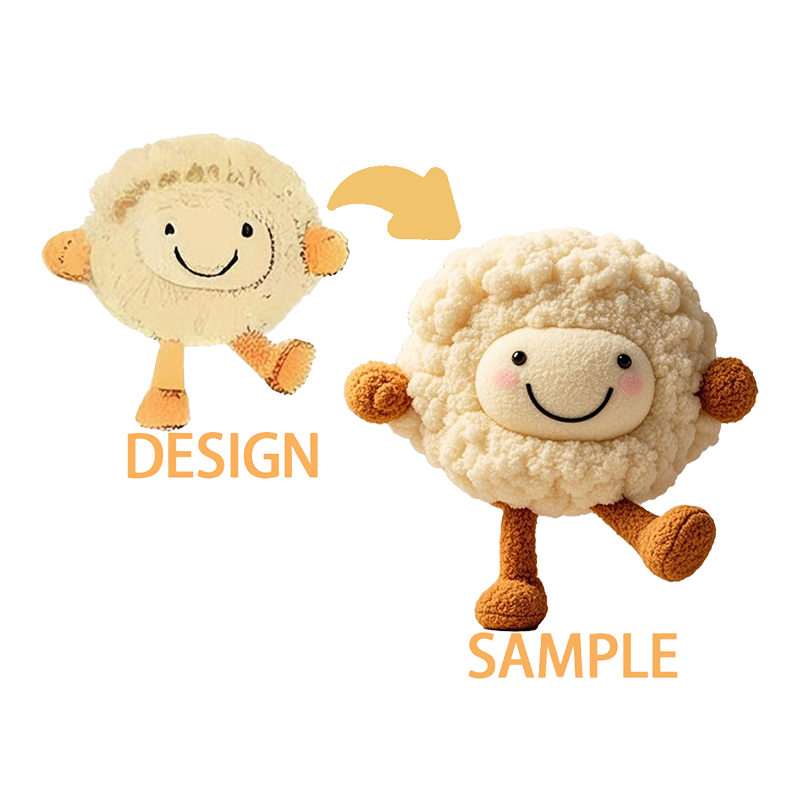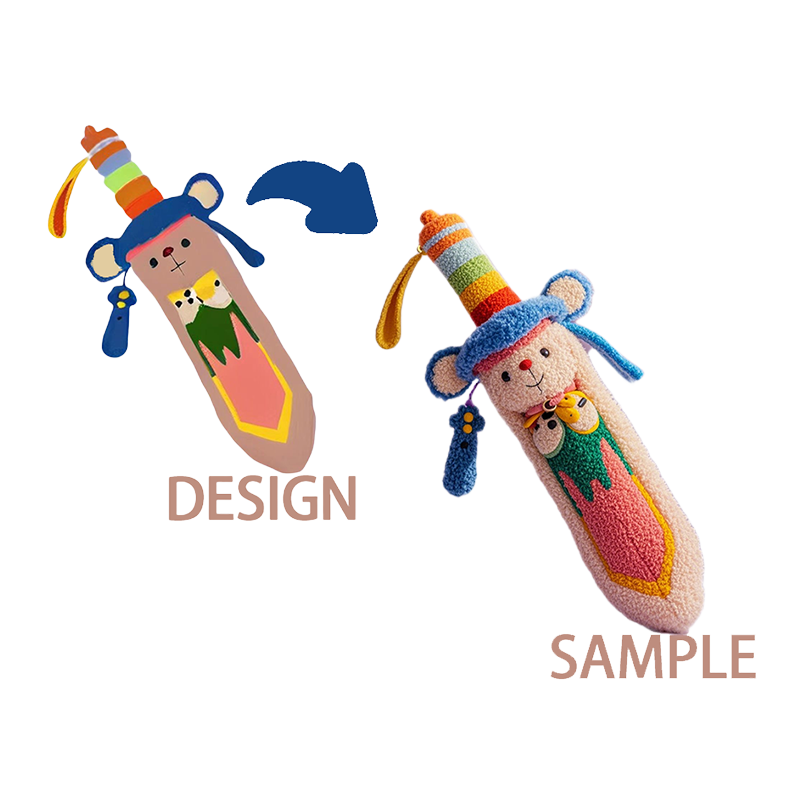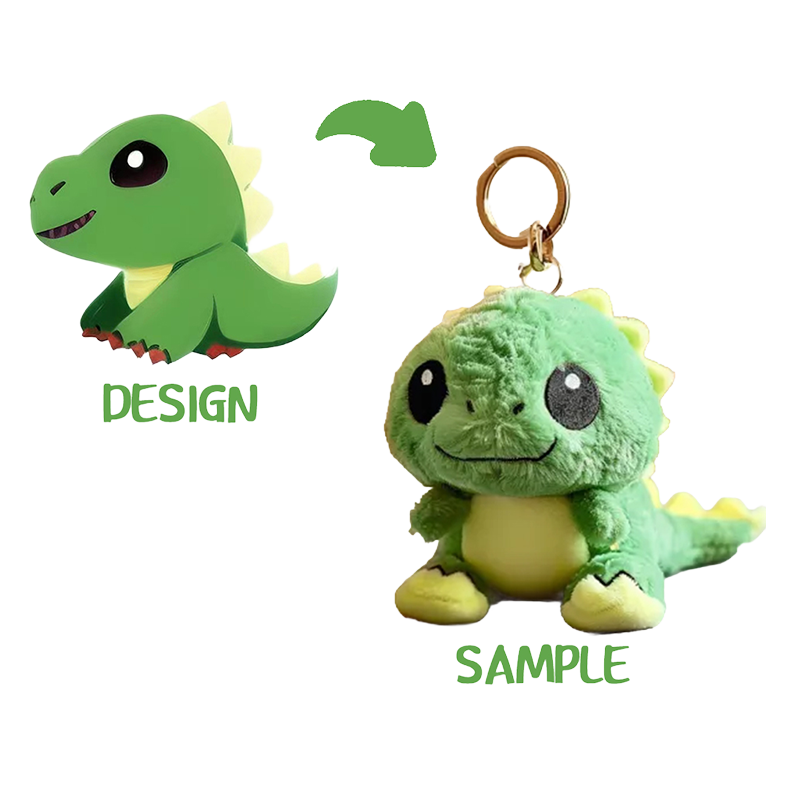5 Scientific Benefits of Customized Pet Chew Toys for Your Pet's Teeth
2025-08-01
Content
1. Benefits of Customized Pet Chew Toys
Mechanical Cleaning: A Toothbrush Replacement
How it Works:
The textured surface (0.5-1.2mm grooves) abrades the tooth surface, reducing plaque accumulation by 42% (Journal of the American Veterinary Dental College, 2023).
Special designs (such as spiral ridges) allow for deep cleaning between teeth.
Experimental Data:
Dogs using customized chew toys experienced a 31% reduction in tartar formation (compared to a group without chewing habits).
Gum Massage and Blood Circulation Enhancement
Health Mechanism:
Moderate bite pressure (recommended Shore A hardness of 50-70A) stimulates gum tissue, increases local blood oxygen saturation by 15%, and prevents gum recession (common in older dogs and cats).
Relieves discomfort during teething
Puppy-Specific Design:
Hollow structure can be filled with water and frozen (will not crack at -20°C), providing low-temperature relief for gum swelling
Safe teething alternative to furniture/slippers (reduces housebreaking behavior by 38%)
User Feedback:
87% of puppy owners say customized teething toys reduce destructive behavior during teething by over 50%
Functional Coating
Healthy Formula Options:
Xylitol Coating: Inhibits the growth of caries-causing bacteria (Streptococcus mutans)
Green Tea Polyphenol Infusion: Antioxidant, reduces bad breath (VOHC certified)
Pharmaceutical-Grade Silicone: Contains 0.02% Chlorhexidine (veterinary prescription-grade antibacterial)
Usage Precautions:
Xylitol is safe for dogs (<1mg/kg body weight), but is toxic to cats. Choose sugar-free cat toys.
Psychological Satisfaction and Bite Health
Behavioral Benefits:
Chewing for 30 minutes daily can reduce your pet's stress hormone (cortisol) levels by 22%.
Prevents malocclusion (especially suitable for short-nosed dogs like French bulldogs)

2. Custom Pet Chew Toy FAQ (Frequently Asked Questions)
How should I choose the hardness of a toy?
Recommendations based on pet size and bite strength:
Small dogs/puppies: 40-50A (soft TPE, gentle on gums)
Medium dogs: 60-70A (highly resilient rubber, balanced between bite resistance and comfort)
Large dogs/aggressive dogs: 75A+ (nylon-reinforced, resistant to aggressive chewing)
Is it necessary to replace a toy if the teeth marks are getting deeper?
Replacement criteria:
Cracks > 1mm deep or weight loss > 5% (bite fragments)
Replace every 3 months, even if the toy appears intact (material fatigue and aging occur).
How should toys be cleaned and disinfected?
Safe cleaning methods:
Daily cleaning: Neutral detergent + warm water rinse
Deep disinfection: Boil in boiling water for 3 minutes (only for models without electronic components)
Prohibited: 84 disinfectant/alcohol (corrosive to materials)
Why are some pets not interested in toys? Interest-stimulating techniques:
Apply a small amount of pet sauce (such as chicken puree) as an attractant.
Choose a model with a clicker: This produces a sound to attract attention.
Interactive guidance: The owner demonstrates the chewing motion first.
We specialize in the design and production of plush toys to provide customers with unique customized services

 English
English 中文简体
中文简体